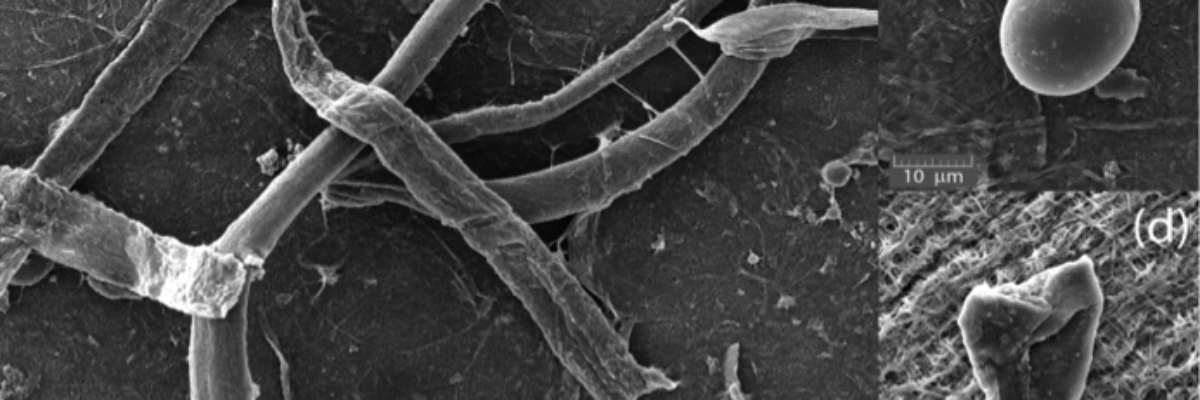
Presence of microplastics in the environment does not pose an imminent threat
Presence of microplastics in the environment does not pose an imminent threat
Mon Jan 21 13:31:29 CET 2019
A new report by the European project SAPEA (Science Advice for Policy by European Academies) focuses on the highly discussed topic of microplastics in the environment. The report states that the level of pollution by these materials does not present an imminent danger to humans.
Although traces of microplastics can be found in air, soil, waters, human food, or plants and animals, levels of their concentration are, according to the report, very low. If contamination proceeds in an undiminished rate, however, the situation can rapidly change, the report warns. Among other things, limits of current research have to be taken into consideration, especially in case of nanoplastics, which are very hard to measure and evaluate by current methods.
The new SAPEA report, prepared also with participation of Miroslava Smrčková-Dušková from Institute of Macromolecular Chemistry of the CAS, is valuable also because of its interdisciplinary approach. Scientists from technical, natural, as well as humanitarian fields have all worked on the document.
More information on this topic can be found directly on the SAPEA website, where the whole report is also available.
About SAPEA
The SAPEA project has been founded in 2016 as a scientific advisory body of the European Commission. The project, financed by the European Union’s Horizon2020 programme, is a part of the so-called SAM – Scientific Advice Mechanism.
Original Czech text prepared by: Klára Šámalová, Division of International Cooperation of the CAS
Photo: Institute of hydrodynamics of the CAS
